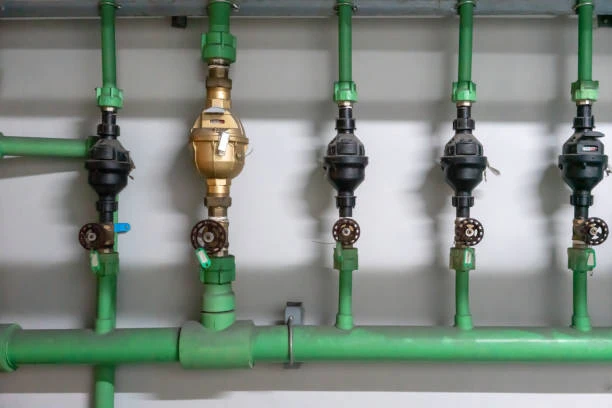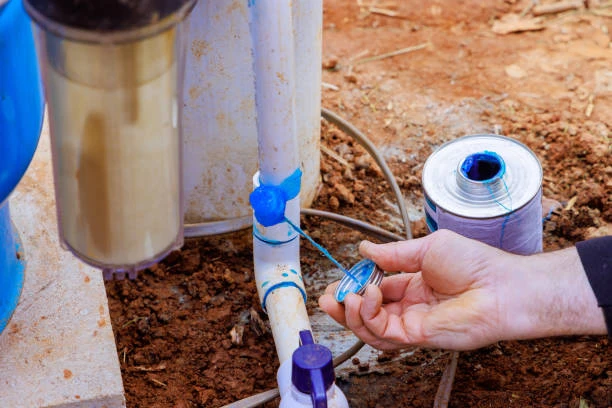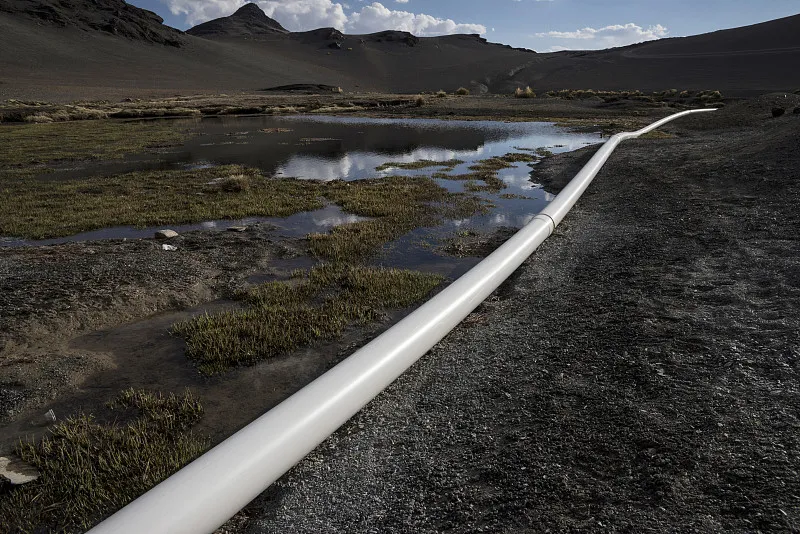1. Introduction
Choosing the right fittings is crucial in any piping system, especially when it comes to PPR (Polypropylene Random Copolymer) pipes. These fittings are known for their reliability and efficiency, making them popular in both residential and commercial plumbing. In this article, we’ll delve into the key considerations for selecting PPR Pipe fittings to ensure optimal performance and longevity.
2. What is PPR Pipe?
PPR is a type of thermoplastic polymer widely used in piping systems. Its unique composition offers several benefits, including high resistance to corrosion, low thermal conductivity, and excellent impact resistance. These properties make PPR an ideal choice for various applications, particularly in water supply and heating systems.
3. Advantages of PPR Pipe
- Durability: PPR pipes have a long lifespan, often exceeding 50 years with proper care.
- Resistance to Chemicals: They resist many acids and alkalis, making them suitable for a variety of environments.
- Lightweight: Easier to transport and install compared to traditional materials like metal.
- Non-toxic: Safe for potable water systems, ensuring no contamination occurs.
4. Understanding PPR Pipe Fittings
PPR pipe fittings are essential components in plumbing systems, connecting different pipes and enabling changes in direction or size. Common types include elbows, tees, reducers, and caps. Each type serves a specific function, and understanding their roles can help you make informed decisions.
5. Key Considerations When Choosing PPR Pipe Fittings
5.1. Material Quality
Quality matters! High-grade PPR fittings are essential for ensuring longevity and performance. Look for reputable manufacturers that adhere to industry standards.
5.2. Pressure Ratings
Always check the pressure rating of the fittings. PPR pipes and fittings typically handle pressures up to 20 bars (290 PSI) but verify the specifications to match your system requirements.
5.3. Temperature Resistance
PPR fittings can withstand temperatures up to 90°C (194°F). Ensure the fittings you choose are appropriate for the temperature range of your application, especially in hot water systems.
5.4. Size Compatibility
Fittings must match the diameter of the pipes they connect. Incorrect sizing can lead to leaks and system failures, so measure carefully and choose compatible sizes.
5.5. Fitting Types (Elbows, Tees, etc.)
Selecting the right type of fitting is crucial for your plumbing layout. Elbows change direction, tees allow branching, and reducers help adjust pipe sizes. Understand your system needs to make the best choice.
5.6. Certification and Standards
Ensure that the fittings comply with local and international standards. Look for certifications such as ISO and ASTM, which guarantee safety and quality.
5.7. Ease of Installation
Some fittings are easier to install than others. If you’re planning a DIY project, consider options that require minimal tools and experience.
5.8. Cost Factors
While price shouldn’t be the only consideration, it’s important to find fittings that fit your budget without compromising quality. Evaluate long-term costs associated with maintenance and replacement.
5.9. Brand Reputation
Research manufacturers and brands to ensure they have a good reputation in the industry. Customer reviews and ratings can provide insights into the reliability of the products.
5.10. Environmental Impact
Consider the environmental implications of the materials. PPR is recyclable, making it a more eco-friendly option compared to some alternatives.

6. Installation Tips for PPR Pipe Fittings
Installing PPR fittings involves specific techniques to ensure a secure connection. Here are some tips:
- Gather Necessary Tools: You’ll need a pipe cutter, heat fusion machine, and measuring tools.
- Cut Pipes Cleanly: Use a sharp pipe cutter for a clean edge. This ensures a better seal when joining fittings.
- Heat Fusion Method: For joining PPR pipes and fittings, heat fusion is the most common method. Follow the manufacturer’s instructions carefully.
- Allow Proper Cooling Time: After joining, let the fittings cool adequately before putting them under pressure to ensure a secure bond.
7. Maintenance of PPR Pipe Fittings
PPR fittings are generally low-maintenance, but regular inspections are advisable. Look for signs of wear, leaks, or disconnections. If issues arise, they can often be resolved by resealing or replacing affected fittings.
8. Cost Considerations
While PPR fittings might have a higher upfront cost compared to some alternatives, their longevity and reduced maintenance needs often result in lower total costs over time. Consider the long-term investment when selecting fittings.
9. Environmental Considerations
PPR is a sustainable choice due to its recyclability and minimal environmental impact during production. Choosing PPR fittings can contribute to a greener plumbing solution.
10. Conclusion
Choosing the right PPR pipe fittings is essential for a successful plumbing project. By considering factors like material quality, pressure ratings, installation techniques, and environmental impact, you can ensure a reliable and efficient plumbing system that meets your needs.
11. FAQs
- What are the benefits of using PPR fittings?
PPR fittings are durable, corrosion-resistant, and suitable for both hot and cold water applications. - How do I know if my PPR fittings are of good quality?
Look for certifications, check manufacturer reputation, and read customer reviews to gauge quality. - Can PPR fittings be used for gas applications?
No, PPR fittings are not recommended for gas applications. They are specifically designed for water and fluid transport. - How can I prevent leaks in PPR fittings?
Ensure proper installation, use compatible sizes, and regularly inspect for wear and tear. - What tools do I need for installing PPR fittings?
Basic tools include a pipe cutter, heat fusion machine, measuring tape, and appropriate safety gear.


















